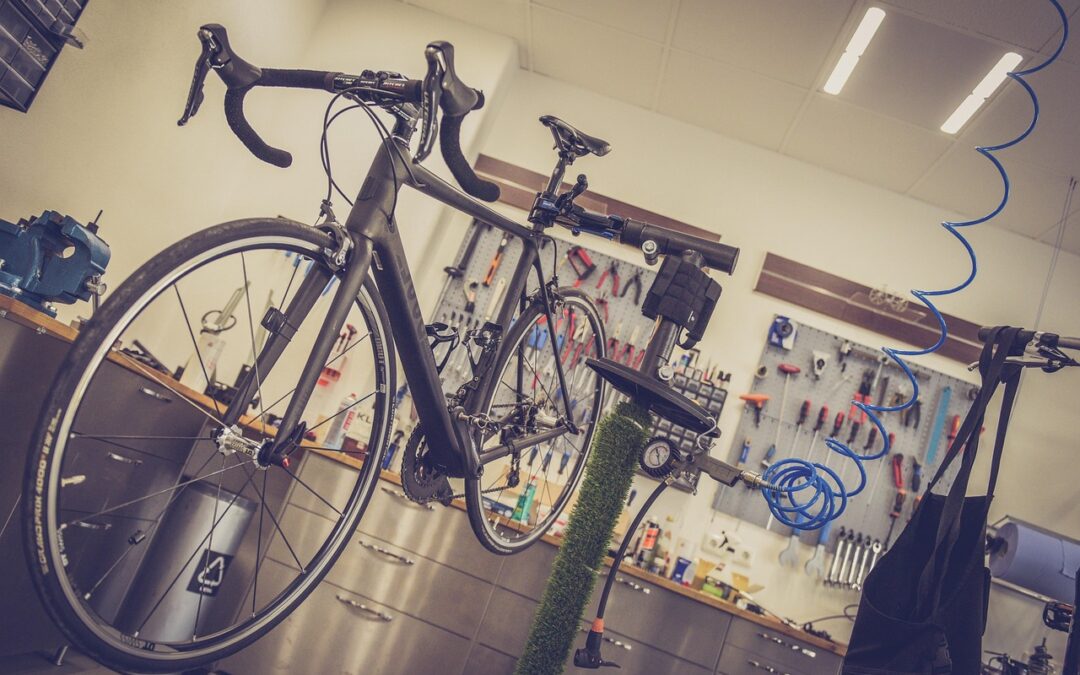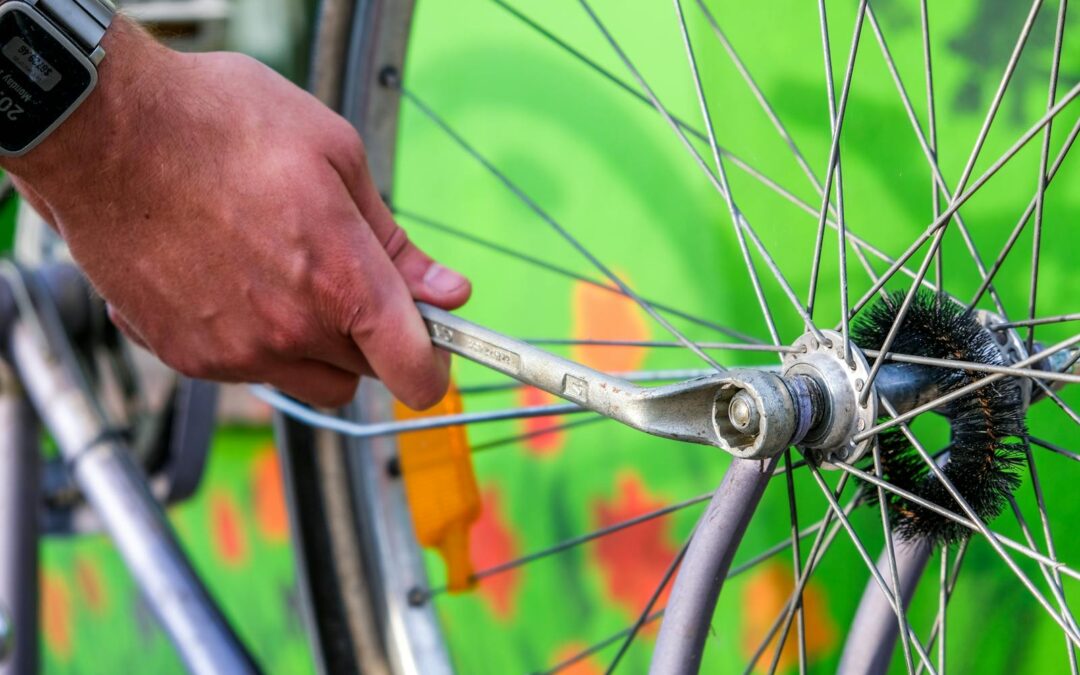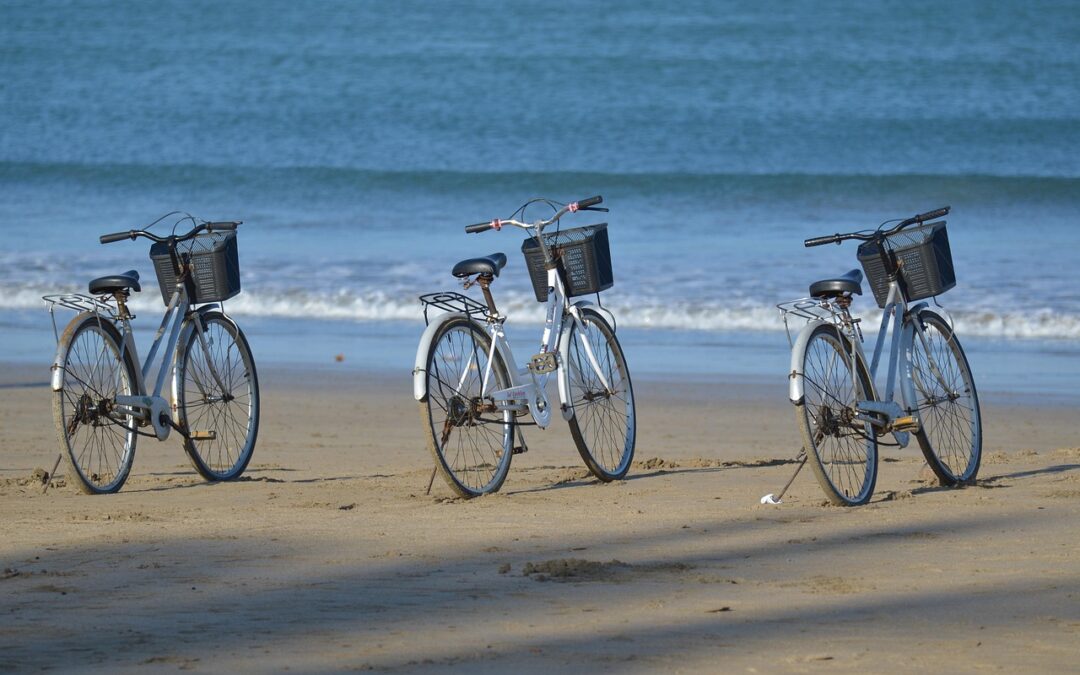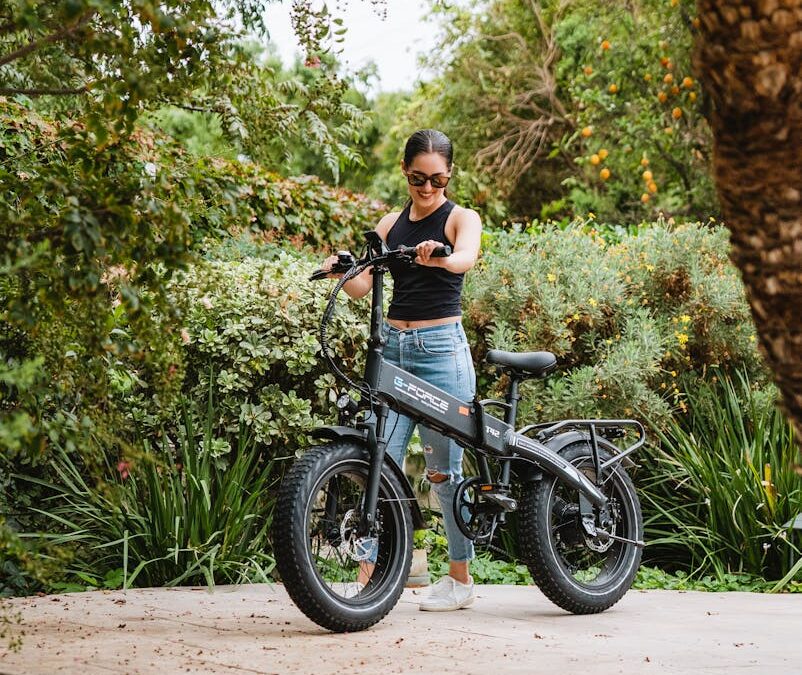Choosing the perfect bike size is the starting point for confident, safe, and enjoyable rides. Whether you’re a new cyclist, a bike enthusiast, or a parent shopping for your child, understanding bike sizing ensures you or your loved one rides injury-free and with optimal performance. This guide will walk you through how to measure for the correct size, use a bike size chart, and find the ideal fit for any riding style.
Why Bike Size Matters
Riding a bike that fits properly is essential for both safety and performance. Here are the key reasons why choosing the right size bike matters:
- Enhanced Comfort: A well-sized bike ensures that your body is positioned ergonomically, reducing the strain on your back, shoulders, and wrists. This allows you to ride longer distances without feeling discomfort or fatigue, making every cycling experience enjoyable.
- Improved Performance: The correct bike size helps you maximize your efficiency while pedaling. From achieving the ideal saddle height to maintaining proper posture, a well-fit bike enables smoother rides and optimal power transfer to the pedals, which is especially crucial for competitive cycling.
- Preventing Injuries: Riding a bike that’s too small or too large can lead to overuse injuries or poor balance. A proper fit promotes natural movement, reducing the risk of joint pain, muscle strain, and other cycling-related injuries.
- Boosted Confidence and Control: Feeling secure on your bike is key to gaining confidence on the road, trails, or track. A properly sized bike enhances control, allowing you to handle turns, climbs, and descents with ease. This is especially important for beginner riders and children.
- Long-Term Value: Investing in the right size bike means you’ll enjoy a better overall cycling experience and won’t need to replace your bike prematurely. For growing children, sizing close to their current fit, while considering slight room for growth, ensures both safety and practicality.
Ultimately, the right-sized bike forms the foundation for a hassle-free and rewarding ride, regardless of whether you’re cycling for leisure, fitness, or competition.
How to Determine the Best Size Bike
Before you rely on a bike size chart, take some time to measure key dimensions of your body and understand how they relate to your ideal bike fit.
Step 1: Measure Rider Height
Rider height is one of the most crucial factors in determining bike size. Simply stand against a wall without shoes, keep your back straight, and measure from the floor to the top of your head in inches or centimeters.
Step 2: Measure Leg Length (or Crotch Height)
Grab a tape measure and measure the distance from the floor to your crotch. For an accurate measurement, stand flat-footed and keep the tape measure against the inside of your leg. Leg length helps ensure you find a bike with the proper leg extension for efficient pedaling.
Step 3: Use a Bike Size Chart
Bike size charts use measurements like rider height, leg length, and wheel size to help determine the ideal bike size. Keep in mind that charts may vary slightly based on the type of bike (e.g., mountain bikes, road bikes, youth bikes).
Here’s a quick bike size chart for adults and kids to get you started:
Adult Bike Size Chart
|
Rider Height |
Mountain Bike (Frame Size) |
Road Bike (Frame Size) |
|---|---|---|
|
4’10” – 5’2” |
13” – 15” |
47cm – 49cm |
|
5’3” – 5’6” |
15” – 17” |
50cm – 52cm |
|
5’7” – 5’9” |
17” – 19” |
54cm – 56cm |
|
5’10” – 6’0” |
19” – 21” |
57cm – 59cm |
|
6’1” – 6’4” |
21” – 23” |
60cm – 62cm |
Kids Bike Size Chart
For kids, bike sizes are typically based on wheel size rather than frame size, ensuring a snug yet comfortable fit as they grow.
|
Child’s Age |
Approx. Height |
Wheel Size |
|---|---|---|
|
2 – 4 years |
2’10” – 3’4” |
12” |
|
4 – 6 years |
3’5” – 4’0” |
16” |
|
6 – 8 years |
4’1” – 4’4” |
20” |
|
8 – 11 years |
4’5” – 4’9” |
24” |
Quick Tip: Always have your child test-ride the bike to ensure they can sit flat-footed on the ground and smoothly pedal forward.
Step 4: Consider Riding Style and Adjustments
The type of bike and your preferred riding style can influence sizing.
- Mountain Bikes should focus on control and stability. Riders often opt for a slightly smaller frame for better maneuverability on trails.
- Road Bikes prioritize speed and efficiency, meaning a balanced top tube length and proper leg extension are essential for power output.
- Kids Bikes often include training wheels to boost confidence early on, but as they grow, they should transition into youth bikes with accurate sizing for independence.
Remember that most bikes come in different sizes to accommodate a range of riders. Features like seat height, top tubes, and stem length adjustments can make all the difference.
Step 5: Test Ride the Bike
Even after following every bike size chart and measurement guide, a test ride is the ultimate way to ensure the bike is the perfect fit. During the ride, check the following:
- Can you comfortably rest your feet flat on the ground when standing over the frame?
- Are your legs slightly bent at the bottom of the pedal stroke to enable proper leg extension?
- Do your arms reach the handlebars naturally without strain?
- Is the overall ride comfortable and controlled?
A test ride brings everything together, helping you determine if you need a smaller or larger size.
Common Frame Features to Know
When comparing frame sizes, get familiar with some key parts of the bike:
- Top Tube: The horizontal distance between the seat tube and head tube determines how far you’ll stretch while riding.
- Seat Tube: Influences how high or low you can set the saddle for ideal leg extension.
- Head Tube and Bottom Brackets: Affect the geometry and handling of the bike for different riding styles.
With these parts in mind, you’ll have a better chance of finding the most accurate sizing for your bike.

Finding the Perfect Fit for Kids Bikes
When it comes to kids’ bikes, growth spurts can make sizing a challenge. To achieve the best fit:
- Prioritize wheel size over frame features—kids’ bikes usually don’t include intricate components like head tubes or bottom brackets.
- Look for a lightweight frame with training wheels if your child is just starting out.
- Encourage your child to grow into a confident rider by choosing a bike that feels secure yet gives room for growth.
Don’t rush to the larger size; it’s safer for kids to start with a slightly smaller frame that allows full control.
Tips from Bike Experts
- Double-Check Measurements: For first-time buyers, cross-reference different charts and consult with bike experts to make sure you’re getting the right fit.
- Adjust as Needed: Most bikes allow adjustments to handlebars, seats, and pedals to fine-tune your ride.
- Future-Proof for Kids: If you’re deciding between two sizes for a child, consider their age and growth rate—but prioritize immediate comfort and safety over longevity.
FAQ: Bike Sizing
1. How do I know what size bike I need? Determining the right bike size typically depends on your height and inseam measurement. Most manufacturers provide sizing charts to guide you in selecting the appropriate frame size based on these factors. Testing the bike in person, if possible, can also ensure a comfortable fit.
2. Can I adjust a bike that’s slightly too big or small? Minor adjustments, such as raising or lowering the seat or handlebars, can help improve the fit of a bike that’s slightly off. However, if the bike is significantly too big or small, these adjustments may not be enough to ensure comfort or safety.
3. What’s the best way to test a bike’s fit? A good test is to ensure you can stand over the top tube with some clearance while keeping both feet flat on the ground. Additionally, when seated, your legs should almost fully extend at the bottom of the pedal stroke without overreaching.
4. Is bike sizing different for children? Yes, children’s bikes are generally sized based on wheel diameter rather than frame size. It’s important to choose a size they can handle confidently, with consideration for slight growth room, but avoid sizing up too much as it can compromise safety and control.
Does bike type affect sizing? Yes, the ideal size can vary based on the type of bike, such as road bikes, mountain bikes, or hybrid bikes. Each type has slightly different geometry, so be sure to refer to sizing guidelines specific to the style of bike you’re purchasing.
Proper bike sizing is critical for comfort, performance, and safety, so it’s worth taking the time to ensure a perfect fit!
Myrtle Beach Bicycles will help you find the perfect size bike for you and your entire family! Stop in today!

Helpful Links and Resources
Here are six valuable links and resources to help you learn more about bike sizing and improve your riding experience:
- How to Measure Your Bike Size – A comprehensive guide from REI on how to determine the right bike size for your needs.
- Bike Sizing Chart – Use this detailed chart to match your height and inseam measurements with the correct frame size.
- Preventing Cycling Injuries – Tips from Bicycling.com to avoid common injuries from improper bike fit.
- Bike Fit Basics Video – An easy-to-follow YouTube tutorial on bike fitting for beginners.
- Bike Adjustments You Can Make Yourself – Step-by-step instructions for making simple tweaks to ensure a better fit.
- Local Bike Shop Directory – Visit Myrtle Beach Bicycles for professional help with fitting and advice.
Using these resources, you’ll be better prepared to choose the perfect bike size and make adjustments that support your comfort, safety, and long-term enjoyment.
The Final Word on Bike Sizing
Finding the right size bike is a combination of science and personal preference. By using bike size charts, accurately measuring your body, and testing your ride, you’ll find a perfect-sized bike that enhances your performance, comfort, and confidence.
Whether it’s for yourself or your child, a proper fit ensures every adventure begins and ends with a smile. Not sure where to start? Visit your local bike shop or consult an online specialist to get tailored advice for your riding style!







